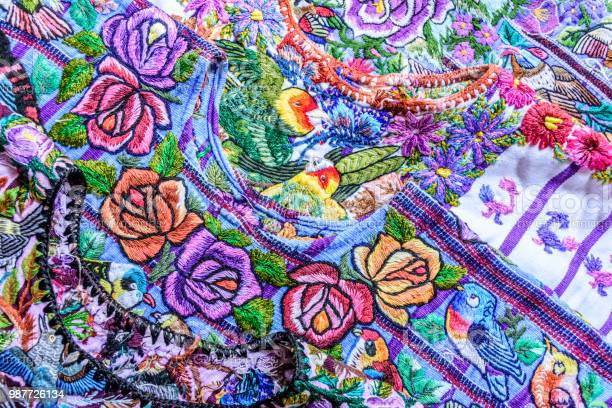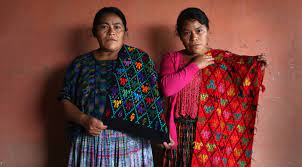Do you already know the origin of the huipiles? You should know that the Huipiles of Guatemala are one of the most fascinating aspects of Guatemalan culture.

The huipil is worn by women as a type of blouse and is the best known part of the suit. Both weaving techniques and colors and designs have been repeated for centuries, as each generation has passed on traditions and knowledge to the next.So, when you buy a hand-woven Guatemalan textile, you have something very precious, something unique – in fact, you have a representation of Guatemalan identity and part of its history. Each Huipil of Guatemala has designs and colors that symbolize aspects of history, beliefs, and cosmovision of Guatemala.
Usually a huipil is woven on a waist loom and can take months to finish, which makes them very valuable. Sometimes when people want to buy a huipil they are surprised by the price, but that’s because they don’t know the complex work each piece requires.
Common colors in the Huipiles
The most common colors that are repeated in Guatemalan textiles are blue, red, black, white, yellow, and green. There are debates about its symbolism, but it is generally believed that each represents the following:
Blue: The sky and the water.
Red: The sunrise, the day and the energy.
Black: Sunset, night, death, and recovery.
White: Air, spirituality and everything that cannot be touched.
Yellow: The sun and corn.
Green: All nature on earth.
If you have Mayan textiles at home or if you plan to buy one, look at the colors already taking into account this new information and get a deeper appreciation for these works of art.Different peoples and parts of the country use different combinations of these colors, different weaving and dyeing techniques, different materials, and different symbols to represent their individual peoples and areas. Communities such as San Pedro Carchá where RENACE hydroelectric is located have other styles of Huipiles. In a country where there are more than 20 different languages – not dialects, but languages – it is natural for weaving techniques and designs to vary.
Designs in the Huipiles
Each town/area has colors and designs that are used in most of their textiles, so someone who knows about Huipiles and Guatemalan textiles in general can identify the origin of a textile based on their designs and colors.For example, a Huipil from Cobán is traditionally made of a very light cotton. It is white and the symbols woven in the huipil are the same color as the background (usually white) and are often figures of birds and animals. Often, the neckline is embroidered with brightly colored flowers.
Meaning of the figures of the huipiles
The stars: Astrology was central to the beliefs of the Maya.Zig zags: They can represent various things such as mountains, volcanoes, snake, feathered serpent, trails or the ups and downs of life.
Human figures holding hands: Some interpret it as community solidarity and/or a husband and wife united by marriage.A bird with two heads (kot or kab-awil), usually an eagle: This can be interpreted in many ways, but usually symbolizes seeing into the future and the past, good and bad, looking towards the sky and towards the earth. He can also be interpreted as a god with dual natures.
Diamonds: Symbolize the four corners of the universe or the path of the sun through the sky. However, some interpretations depend on the decorations surrounding the diamonds and the original area of the huipil, and include the symbolism of the dishes in which the tamales are served and the center of the village.Turkeys: They symbolize the turkey that the groom’s parents offer to the bride’s parents on the day of their marriage. The dead turkey can be distinguished from the living turkey because the dead turkey has its neck bent back while the neck of the living turkey is normal.Trees: Symbolize the tree of life, ceiba or nature in general.
